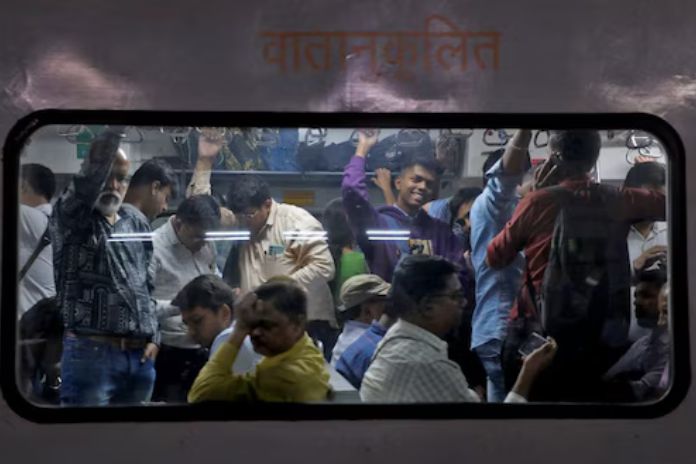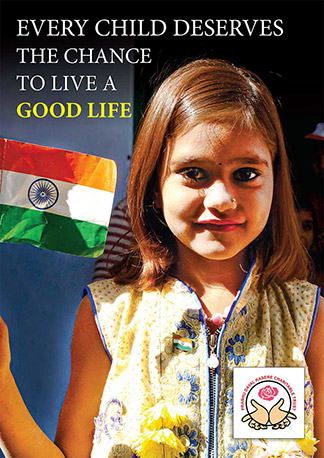In a historic move, the Indian government has approved the inclusion of caste-based data in the upcoming national census, marking the first such exercise since 1931. The decision, backed by the Union Cabinet, has triggered widespread interest and political debate across the country. The census, which was delayed due to the COVID-19 pandemic, is now expected to take place in 2025.
Until now, India’s decadal censuses have included data only for Scheduled Castes (SCs) and Scheduled Tribes (STs), omitting comprehensive information about Other Backward Classes (OBCs) and other caste groups. This shift in policy aims to collect granular details on caste demographics, addressing a long-standing demand from several political and social organizations.
The decision follows Bihar’s state-led caste survey in 2023, which revealed that OBCs and Extremely Backward Classes (EBCs) together form over 63% of the state’s population. That survey reignited the national conversation around caste-based equity and the need for accurate data to shape policies. It also gave momentum to similar demands at the national level.
Politically, the move is being closely watched. With national elections approaching, the caste census could significantly influence electoral strategies, social welfare programs, and affirmative action policies. While proponents argue that updated data is essential for fair governance and inclusive development, critics worry that it may deepen caste divides and trigger demands for expanding reservation limits, currently capped at 50%.
Despite the debates, the caste census represents a significant step toward understanding the complex social fabric of India. The final rollout date has not been announced yet, but the process is expected to begin in 2025 with results likely to be published by 2026.










